7 reasons you need a bivy sack: immerse yourself in the outdoors
Our 7 reasons you need a bivy sack will inspire you to leave the tent, pegs and poles at home and get closer to nature on your next camping trip
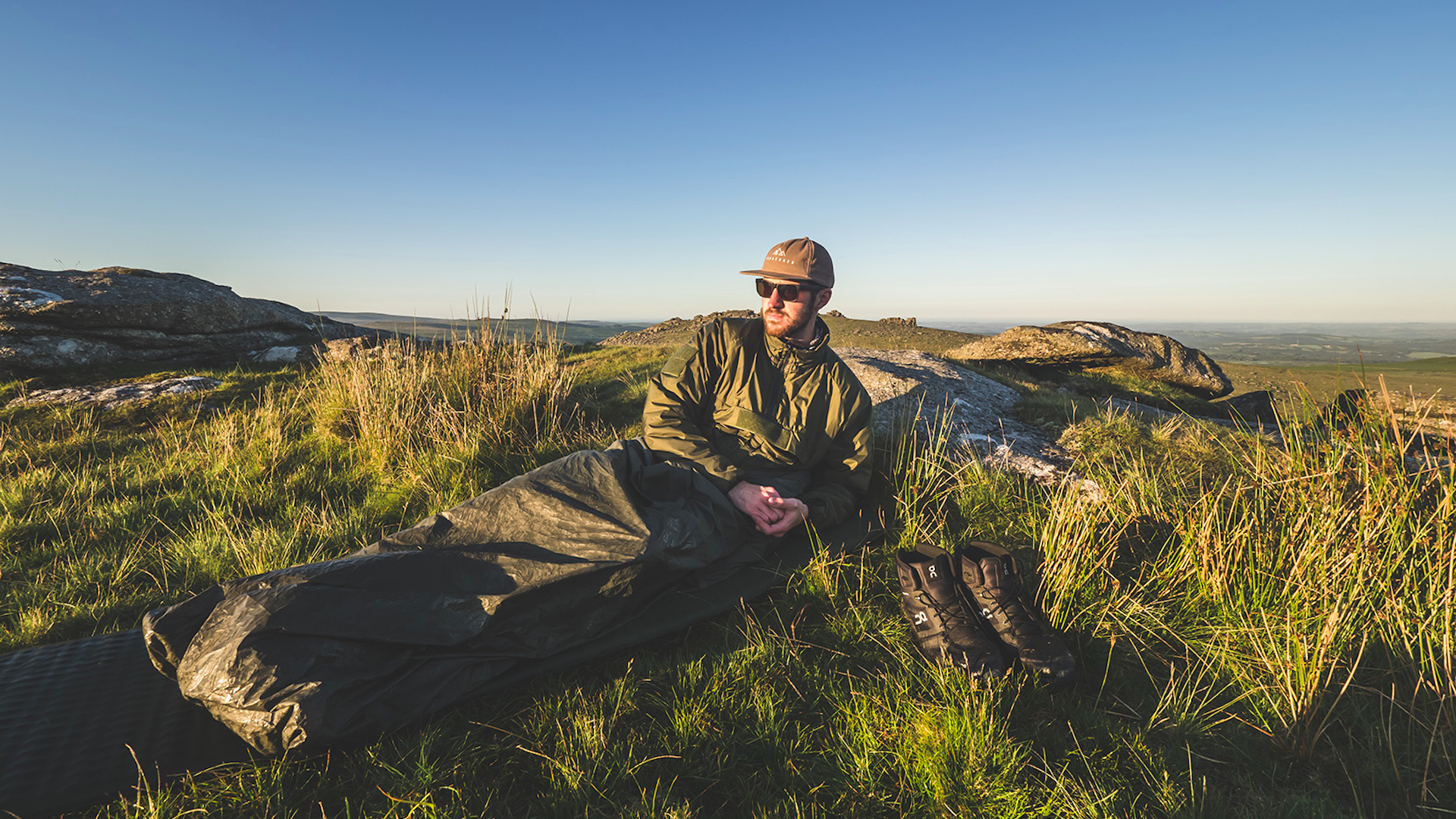
I think the first time I heard the word bivouac, I was left with an impression of the macabre. This is because I was engrossed in the tales of early attempts on the Eiger’s Nordwand – one of the world’s most iconic north faces. Among the intriguing named features and places on the wall, such as the Traverse of the Gods, the White Spider and the Hinterstoisser Traverse, is a spot known as Death Bivouac. It was so named because it was where one of the Bavarian climbers who first attempted the North Face was spotted, frozen to death, weeks after the climb.
Bivouac, which can be a noun or a verb, is a French word in origin. It’s actually derived from the Low German biwacht, which means ‘to guard’, describing the act of soldiers standing guard at night, protecting their companions. As a noun, bivouac is a temporary camp or shelter for the night; as a verb, to bivouac is to take shelter. For the unfortunate German climber on the Eiger, his attempts to stand guard against the fatal elements were in vain and his own enforced bivouac was somewhat less than temporary.
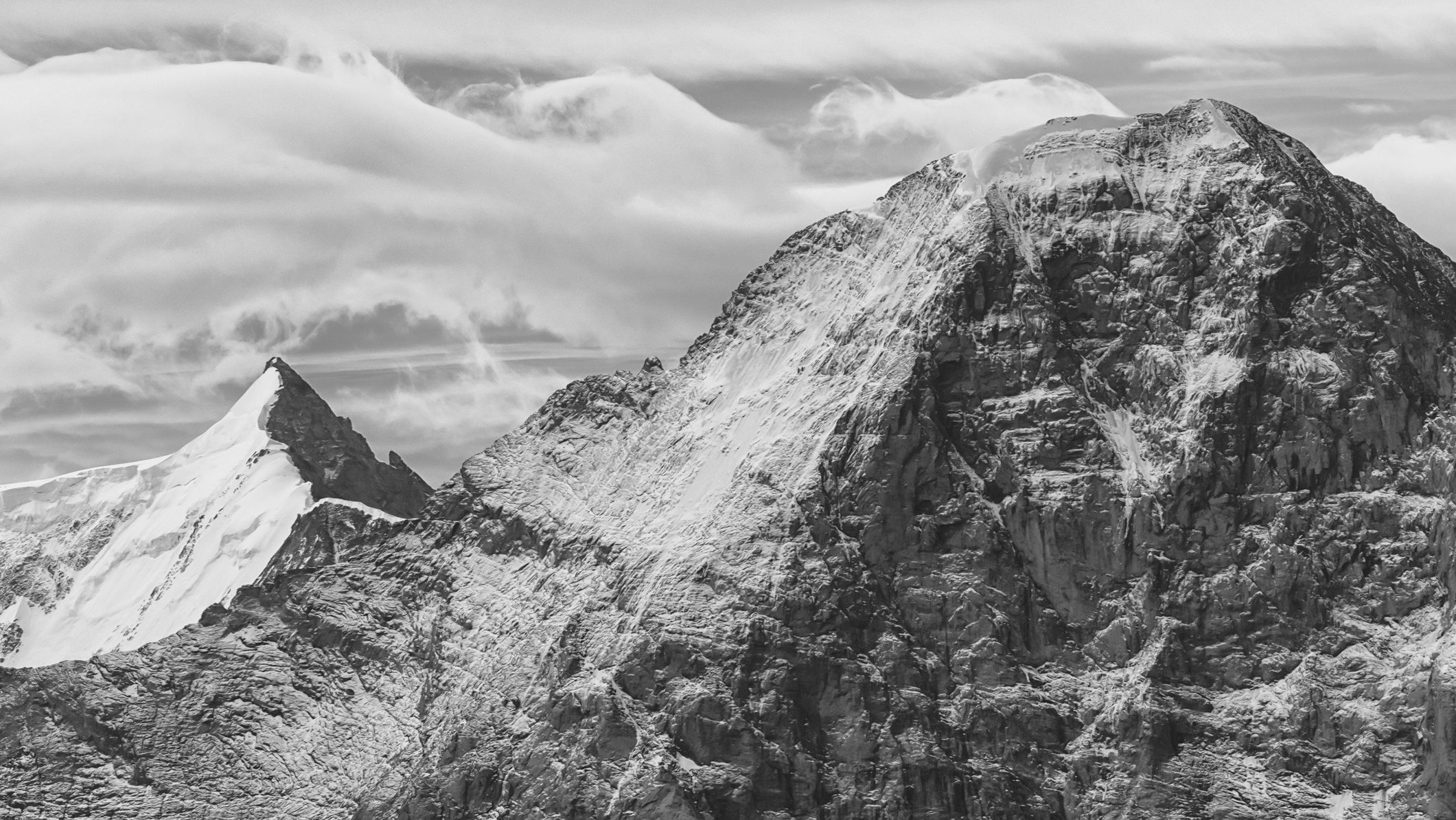
As well as being thoroughly satisfying to say out loud, bivouac is usually shortened by us English-speaking lot to bivy. Bivy, in turn, has become a term for a kind of lightweight shelter favored by ultralight adventurers and climbers – the bivy sack or bivy bag. Today, you’ll still see bivy sacks used on big wall climbs in places like Yosemite’s El Capitan and the great north faces of the Alps, though they’re also very popular with wild camping hikers.
As the quality of waterproof fabrics has evolved over the decades, bivvying – the act of camping in a bivy sack – has grown in popularity as a minimalist and back-to-basics way of getting closure to nature on wild camping trips. I’m here with seven excellent reasons you need a bivy sack. So, ditch your tent and discover a whole new, even wilder side to the wild camp.
Meet the expert
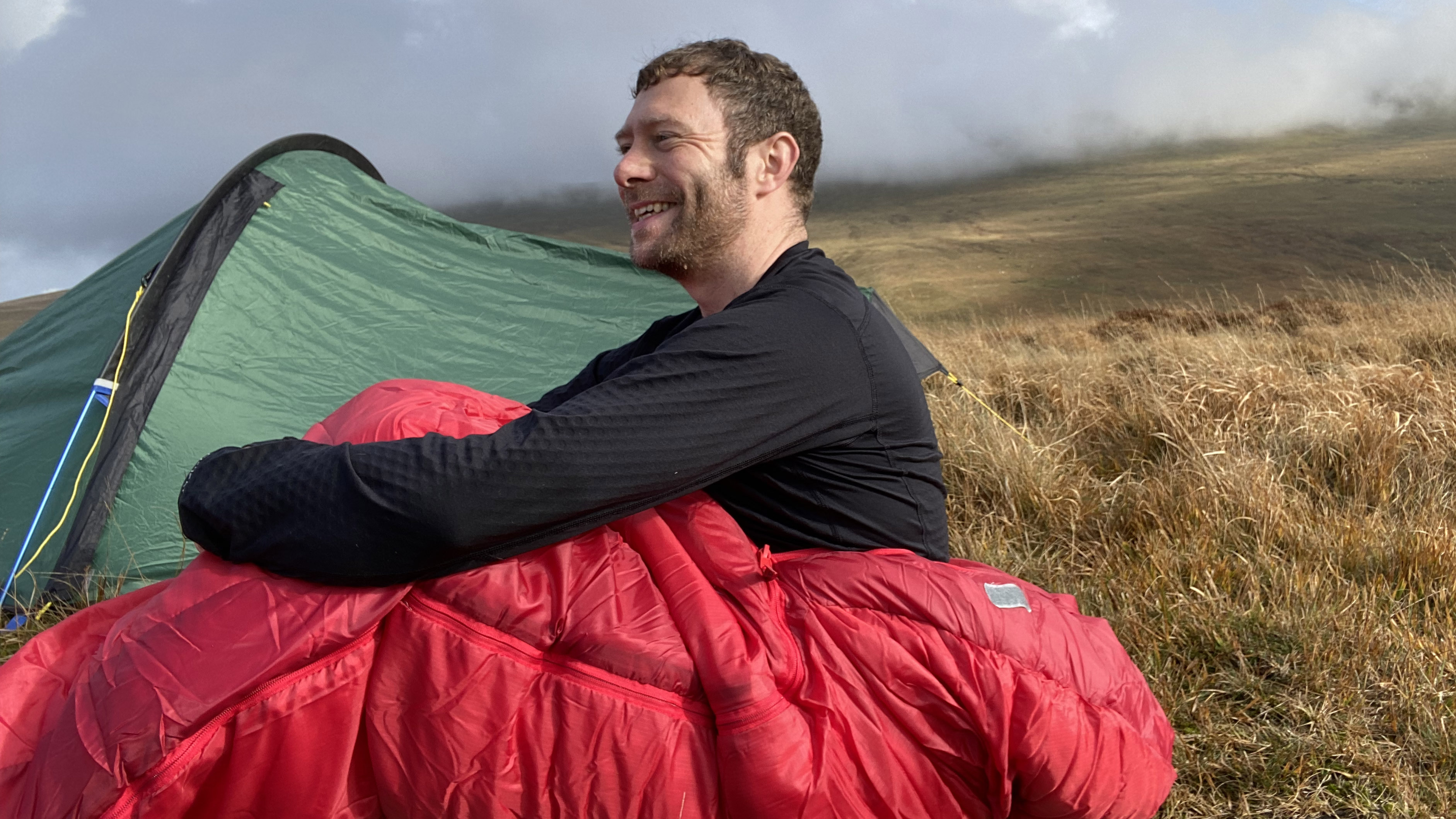
As an avid wild camper and passionate mountaineer, Alex loves a wild camping expedition, whether big or small. He’s tested numerous sleeping systems during his time and thoroughly enjoys immersing in the mountains after the sun has set.
Today's best deals
What is a bivy sack?
- A bivy sack is a lightweight, protective bag to sleep in
- A hooped bivy has a single pole that provides greater headroom
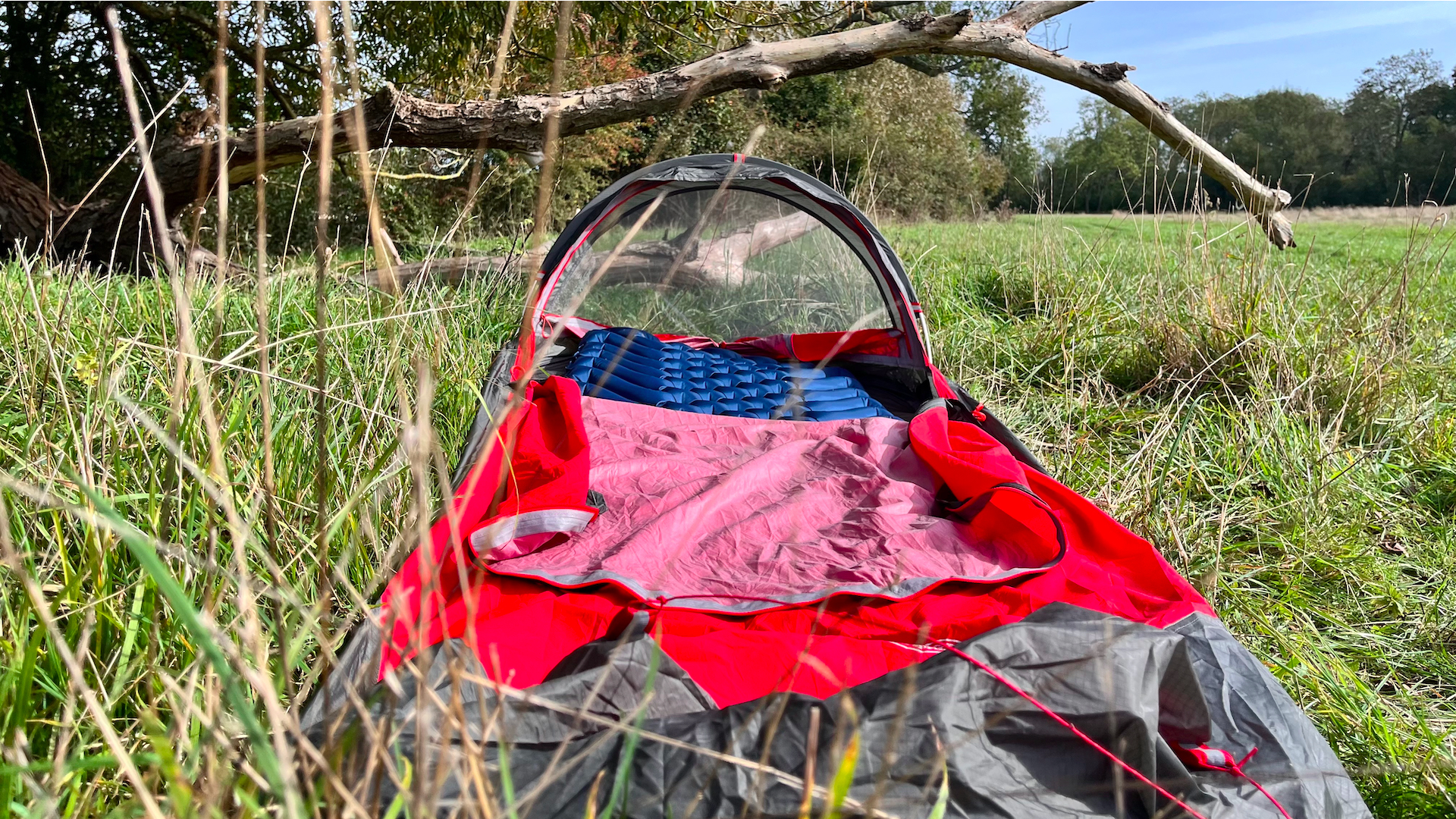
A bivy sack looks like a cross between a one-person tent and a sleeping bag, and is basically a lightweight, protective sack to sleep in. It replaces the need for a tent, though you’ll still need your bag and sleeping pad for the sake of comfort. The main fabric is waterproof and breathable, just like a Gore-Tex jacket, protecting you from the elements while allowing moisture to escape during the night. A hooped bivy (like the one pictured above) features a pole that provides additional headroom.
1: The freedom to sleep anywhere
- A bivy allows you to sleep on tiny patches of ground that would be too small for a tent
- They don’t require pegs, so can be used on any terrain
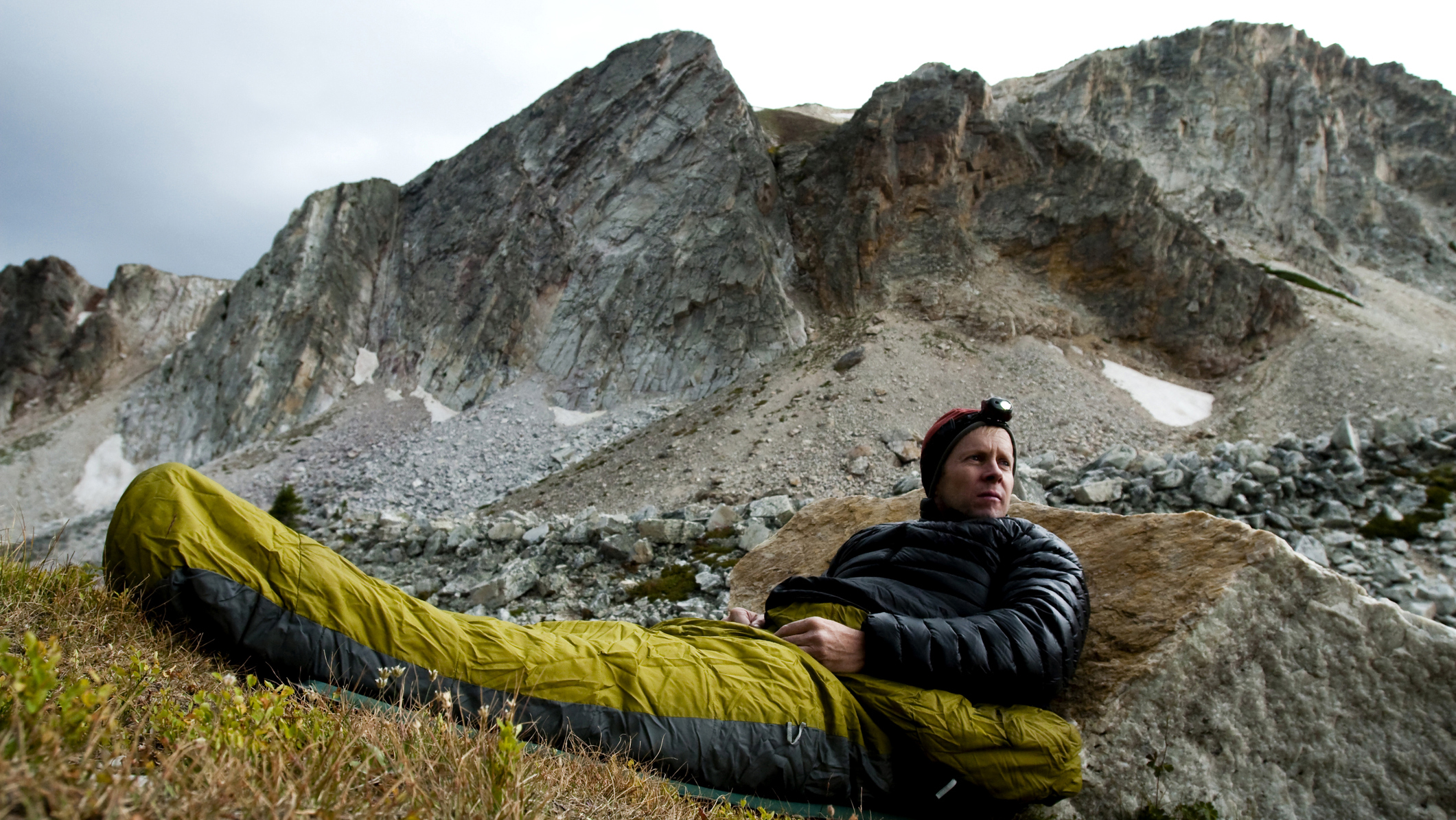
One of the many beauties of the bivy is that you can set up in some wonderfully adventurous and improbable places that even a one-person tent wouldn’t fit. All you need is a patch of ground big enough to take its length and width. You don’t need to peg it down either, so it doesn’t matter if the ground beneath is unable to take pegs. This makes them a favorite of alpine mountaineers and big-wall climbers, who may need to improvise and set up camp on a tiny ledge or in a cramped cave during multi-night adventures.
2: It’s a more intimate experience
- The experience of sleeping in a bivy allows immersion with the backcountry
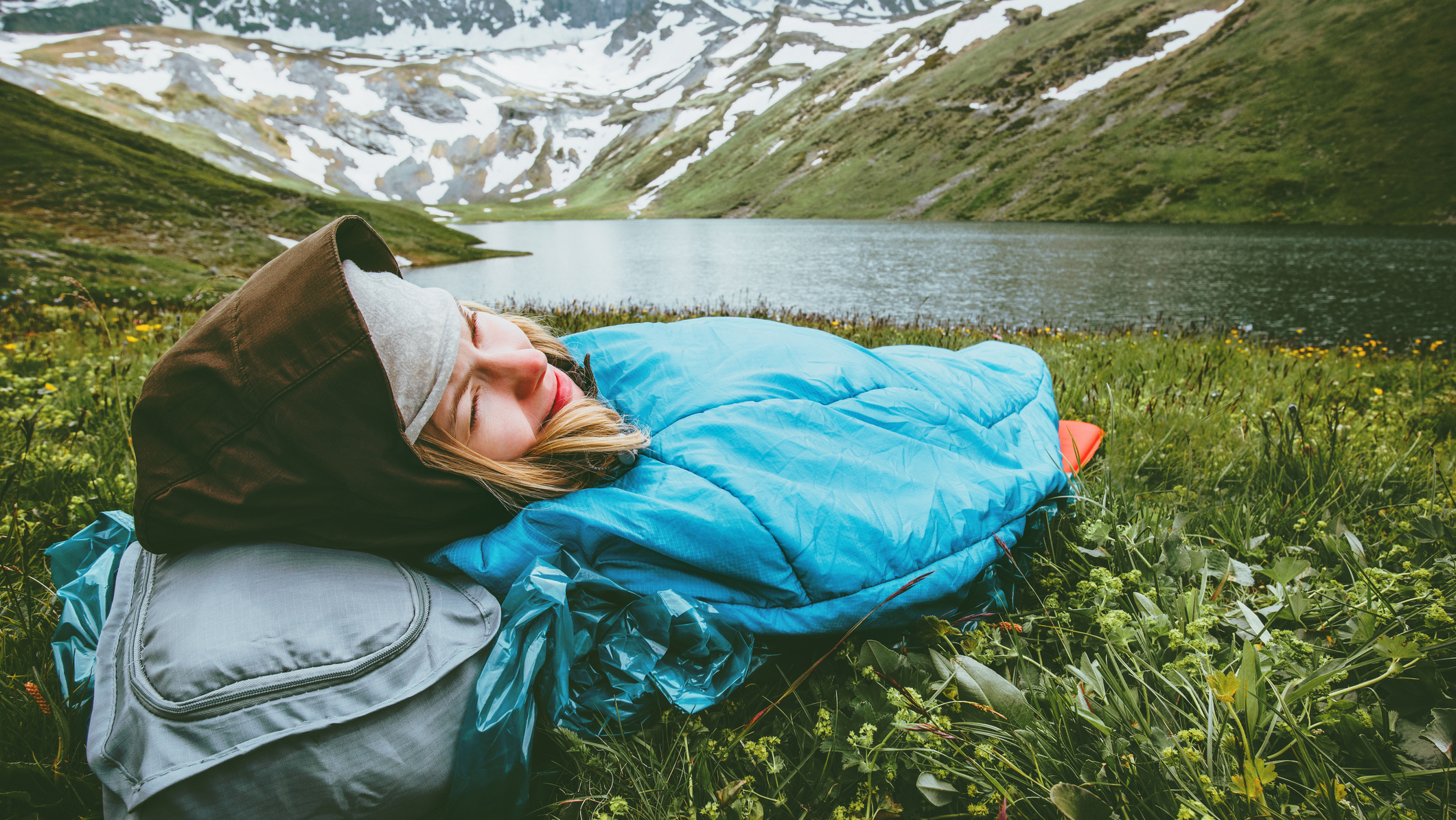
Much of the motivation people have for wild camping is that it allows an intimate acquaintance with the environment and enables you to get closer to nature. However, in a tent, when all is said and done, you still zip up the doors and enclose yourself in a room made of fabric, somewhat disconnected to whatever is going on outside.
A bivy camp is a much more immersive experience. It’s the closest thing you can get to simply lying down without a shelter and using the mountain as your bed. Bivvying grounds you to the earth beneath and makes the surrounding peaks seem that much grander. With a bivy, it really feels as though it’s just you, the mountains and the mountain goats which, depending on your constitution, may sound thrilling or terrifying, or a bit of both.
Advnture Newsletter
All the latest inspiration, tips and guides to help you plan your next Advnture!
3: It’s much lighter and more packable than a tent
- A lightweight bivy is less heavy and more packable than any tent
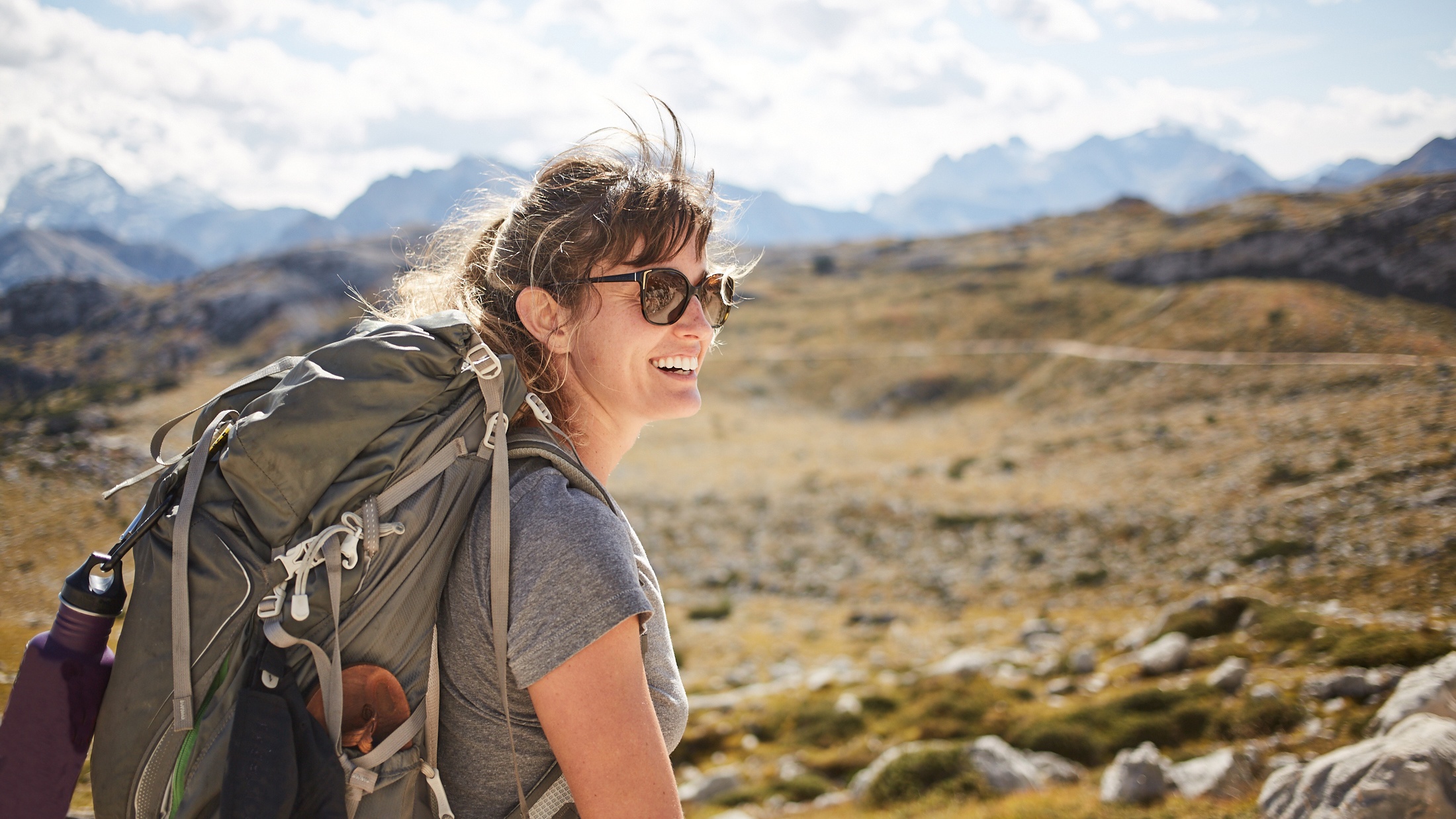
When wild camping, weight – or lack of it – is everything. This is particularly true if you’re having to haul your camping gear up an incline to reach your chosen destination. Modern fabrics and components mean that even many 2-person tents weigh very little and are more than suited to mountainous wild camping.
However, no tent can beat a lightweight bivy when it comes to weight or space in your backpack. With no long poles or pegs and merely the fabric needed to shield a single human body, bivvies have the edge. This makes them the ultimate choice for ultralight, fast-paced camping missions in the backcountry.
4: As it’s small, it traps heat readily
- In a bivy bagm, there’s less air for your radiated heat to warm up
- This means it warms up quickly
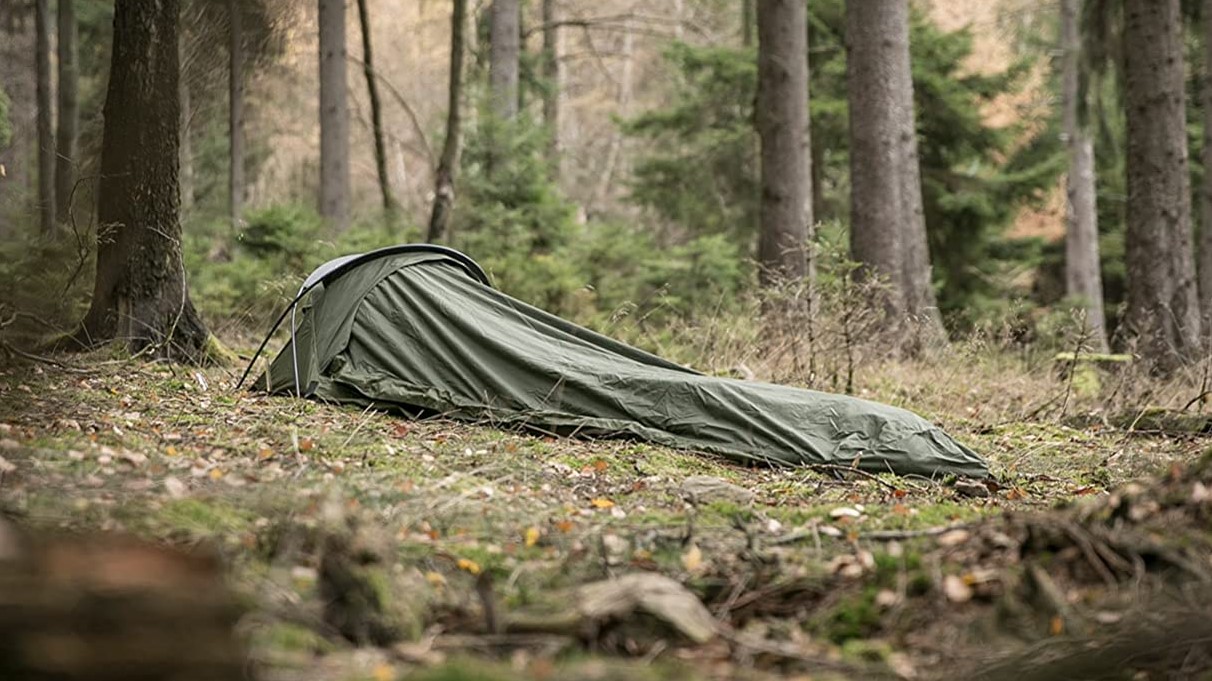
Consider the word cozy. It conjures up images of warmth, sure, but also of something small and embracing. Small spaces take less time to warm up and it’s the same when it comes to fabric shelters.
As anyone who’s ever slept in a one-person tent or taken refuge in a survival shelter will know, a small fabric enclosure warms up pretty quickly once you’re in it. It’s the same with a bivy bag, as it traps much of your radiated body heat, thus warming the air inside. The less air inside a space, the less there is to warm, so the heating effect is amplified. So, if you were to sleep in a large 4-person tent on your own on a cold night, it’d be much colder than getting forty winks in your cozy bivy bag.
5: There’s virtually no set up time
- A bivy is very quick to set up and pack away
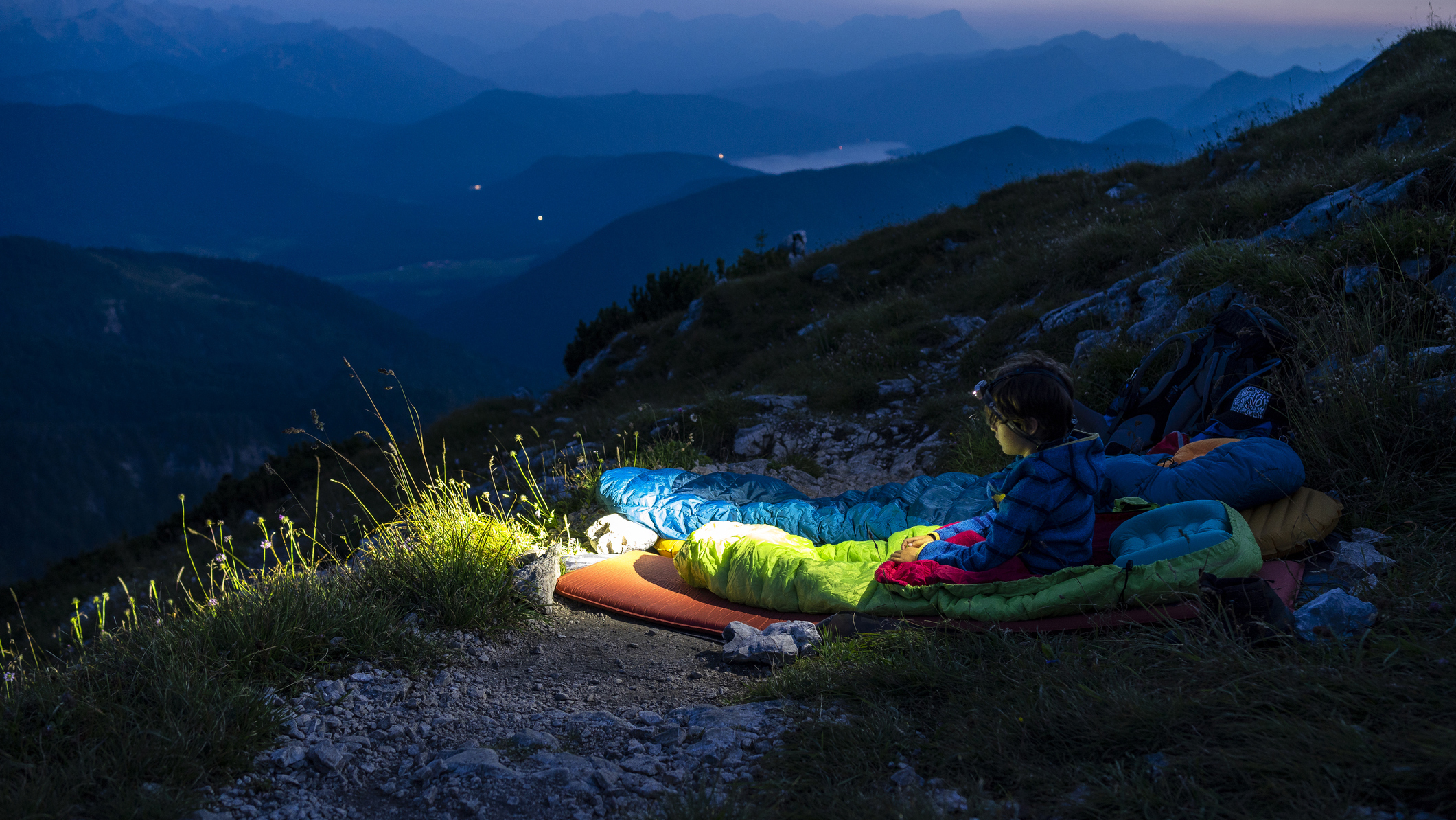
As well as being a weight saver and a space saver, a bivy sack is also a time saver. When you head into the backcountry with a bivy, you don’t need to worry about searching for a large area of flat ground and suitable terrain for pegs to sink into. You don’t need to faff around assembling poles, threading them through sheaths and clipping them into eyelets. You won’t spend precious time affixing the inner tent to the outer tent. No, with a bivy sack, there’s none of this.
Simply unpack your sack, inflate your pad and throw your sleeping bag in and you’re golden. This means that they’re also easy to set up once it’s dark, which means you can cover more ground with the light of your headlamp. Then, as you'd expect, they're easier to pack away in the morning too.
6: Sleep closer to the stars
- Gazing at the starts from a bivvy sack is preferable to being stuck in a tent
- Many of the best bivy sacks come with a mesh screen to keep insects out
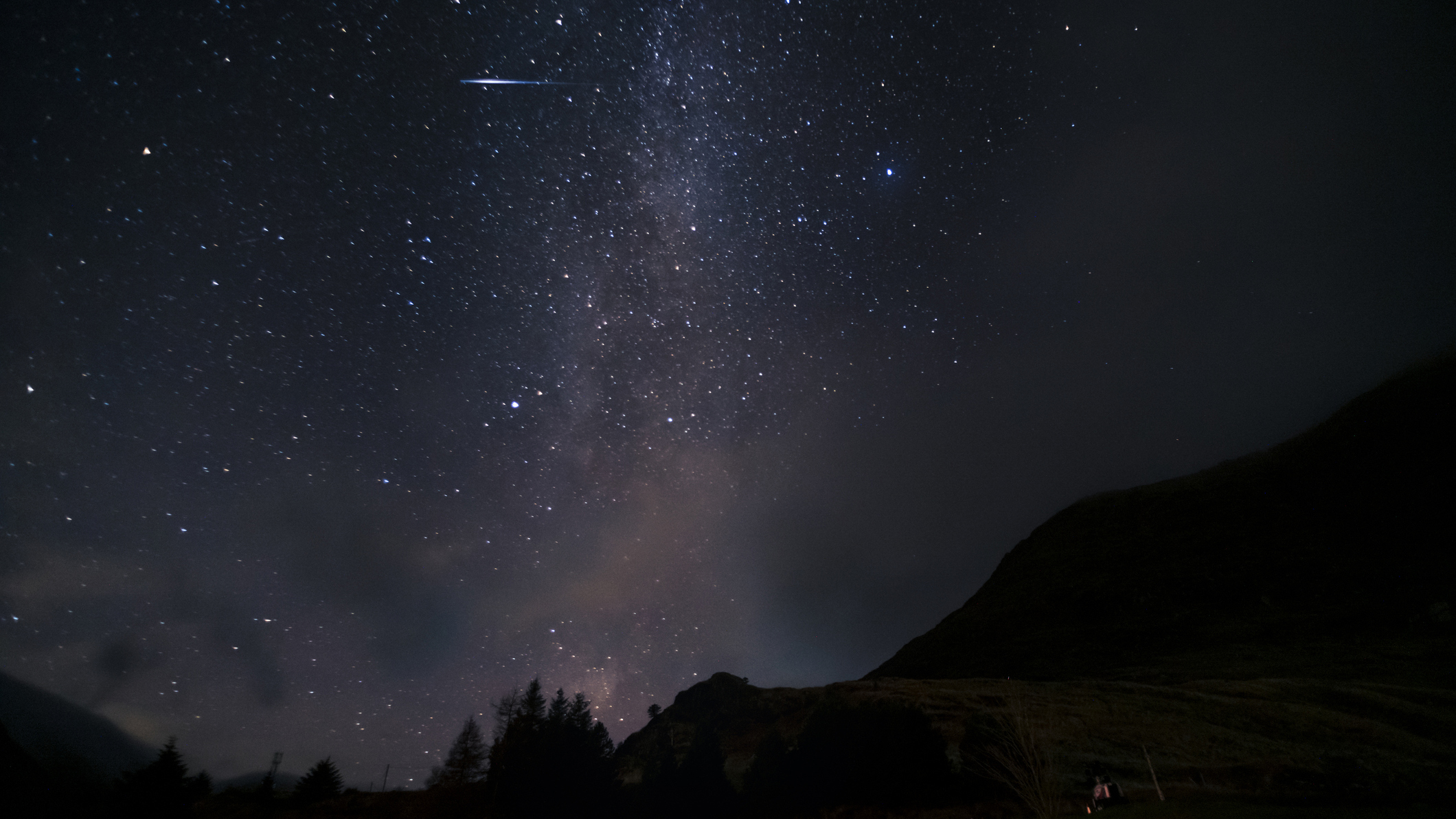
Once you zip the door on your tent, you usually don’t have the chance to enjoy whatever display is unfolding above. That is, unless you want the hassle of getting back up in the middle of the night. Admittedly many premium backpacking tents – such as the excellent Nemo Hornet Osmo – come with panoramic mesh fabrics for the inner tent’s ceiling, allowing you to view peaks by day and stargaze at night.
However, just as a bivy sack creates a more immersive experience where your environment is concerned, it’s a similar vibe when the heavens come out to play. You can open up the head of the sack and gaze directly at the Milky Way from your sleeping position, with nothing but the Earth’s tenuous atmosphere and tens, hundred and thousands of light years between you and the many celestial furnaces that light up the night sky.
What about the insects? I hear you ask. Well, many of the best bivy bags come equipped with a mesh screen to keep the little biters at bay.
7: It’s a more social experience
- As much of communication is visual, bivvying is a more social experience
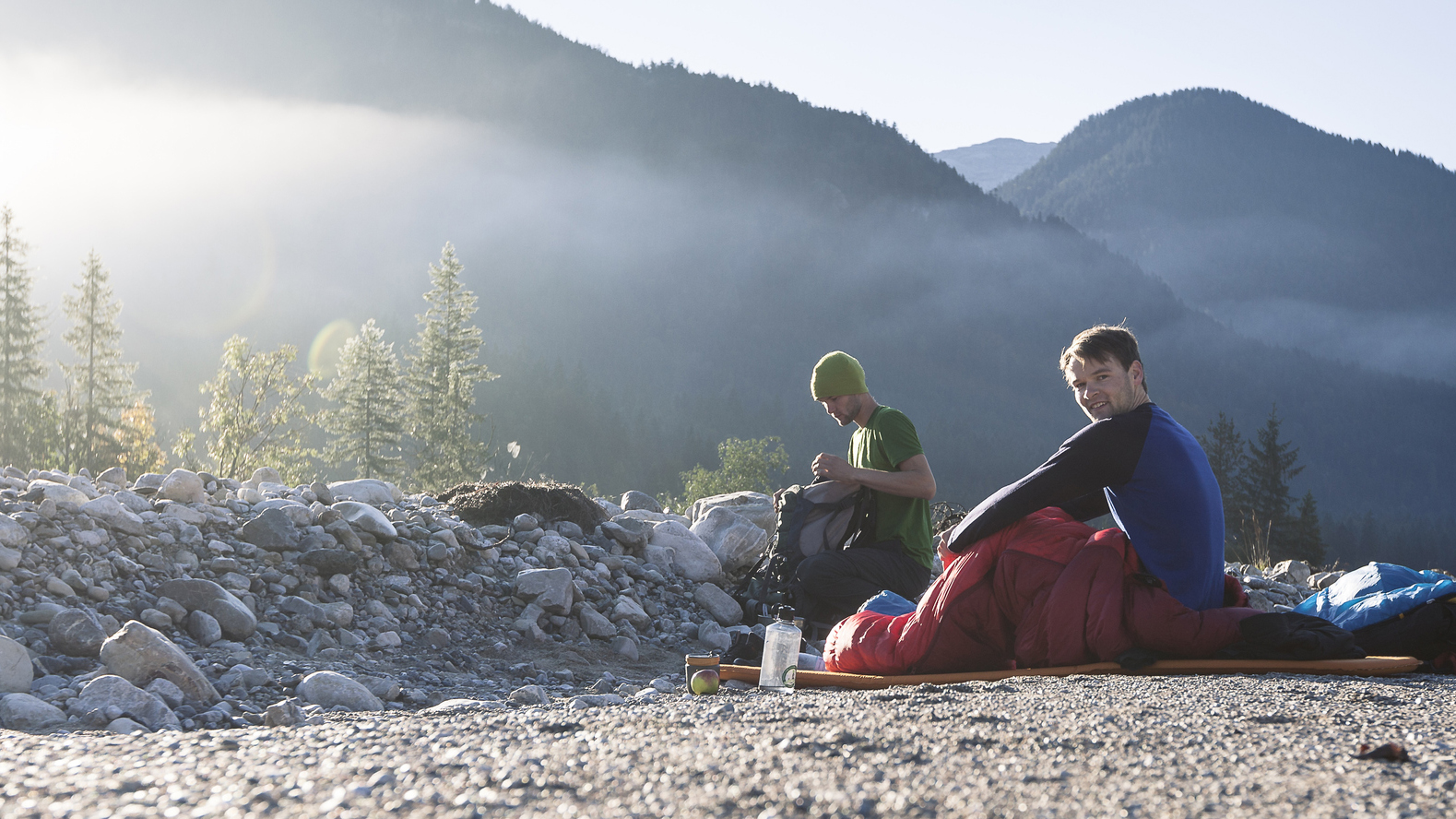
Sound waves don’t have much trouble passing through tent fabrics, which is why it’s really irritating when a rowdy group at the campsite have kept their overzealous interactions going way past the curfew time and your kids can’t sleep. Anyway, this means that once you and your wild camping buddies retire to separate tents, you can still have some form of chinwag.
However, much of the meaning and nuance of a conversation is conveyed through expression, so being able to see each other during those midnight heart-to-hearts makes bivvying the much more social experience.
Alex is a freelance adventure writer and mountain leader with an insatiable passion for the mountains. A Cumbrian born and bred, his native English Lake District has a special place in his heart, though he is at least equally happy in North Wales, the Scottish Highlands or the European Alps. Through his hiking, mountaineering, climbing and trail running adventures, Alex aims to inspire others to get outdoors. He's the former President of the London Mountaineering Club, is training to become a winter mountain leader, looking to finally finish bagging all the Wainwright fells of the Lake District and is always keen to head to the 4,000-meter peaks of the Alps. www.alexfoxfield.com

